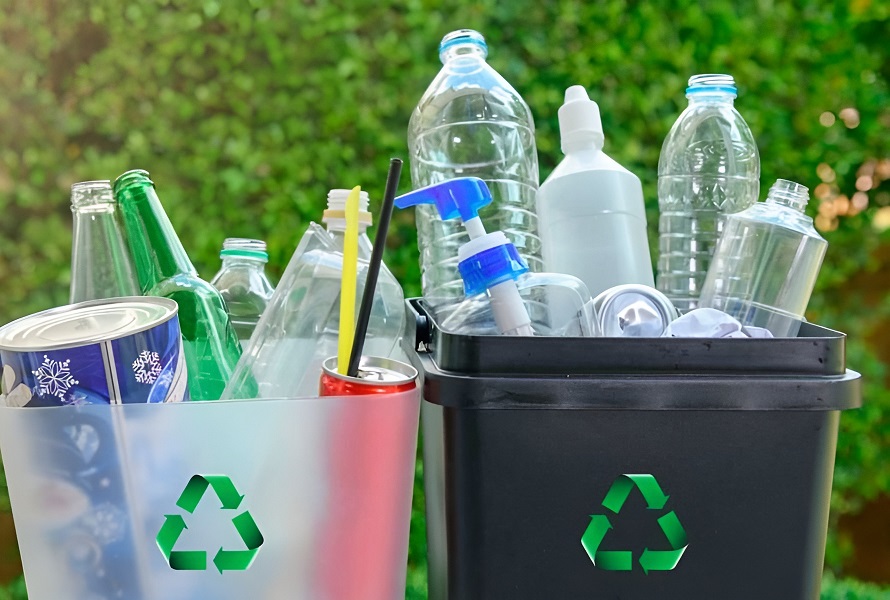From Trash to Power: How a Recycled PET Bottle Can Generate Energy

The power of recycling has taken on a new dimension in the quest for sustainability. What was once considered waste is now being transformed into a valuable resource capable of generating energy. A single PET (Polyethylene Terephthalate) bottle, commonly used for water and soft drinks, holds more potential than just being a reusable plastic container. Through innovative recycling techniques, that very bottle can help produce electricity, demonstrating how the recycling process can convert everyday items into energy sources that light up homes and power devices.
The Energy Potential of a PET Bottle
PET plastic is known for its high recyclability, making it a key material in reducing plastic waste and minimizing environmental impact. Once recycled, PET can be used to create a wide range of new products. But beyond simply being repurposed into fabrics, packaging, or new containers, PET also contributes to energy generation. Modern waste-to-energy processes are making it possible to harness the energy stored in plastics, turning discarded bottles into sources of power.
When PET bottles are collected, processed, and recycled, they can be integrated into systems that convert plastic waste into fuel or electricity. In some cases, incinerating plastics in controlled environments allows for the heat energy released to be captured and used to generate electricity. While this process is typically reserved for non-recyclable plastics, it demonstrates the potential that lies in waste management technologies and how discarded plastic can contribute to energy production.
Waste-to-Energy: Turning Bottles into Power
The waste-to-energy concept involves converting plastic waste, like PET bottles, into energy that can be used in homes, businesses, or even to power industrial equipment. This process can take multiple forms. For example, incineration plants are designed to safely burn waste materials and capture the heat energy produced, which is then converted into electricity. Through this method, waste that would otherwise fill landfills is instead redirected toward creating a renewable energy source.
Additionally, advancements in pyrolysis technology allow for plastic to be broken down into smaller hydrocarbons. These hydrocarbons are then used to create synthetic fuels, which can be burned to generate electricity or power machines. This form of recycling has made it possible for a single PET bottle to contribute to a cleaner, more efficient energy system.
A Real-World Example: PET Bottle Powers
Take, for instance, a program that collects thousands of PET bottles daily, diverts them from landfills, and processes them for energy production. In some countries, the energy derived from the waste of just a single bottle is enough to power a light bulb for a few hours. Multiply that across millions of bottles, and the potential for recycled PET to contribute to energy systems becomes a game-changer for sustainability.
One such initiative, turning PET into energy, was seen in projects where recycling plants created electricity for small towns. This process not only reduces landfill waste but also creates a more eco-friendly source of power.
Reducing Carbon Footprint with PET Recycling
By transforming PET bottles into energy sources, the recycling process goes beyond waste reduction and becomes a method for cutting carbon emissions. Generating energy from recycled plastic is significantly less carbon-intensive than extracting and processing fossil fuels. It also mitigates the pollution caused by plastic waste, ensuring that fewer plastics end up in oceans or landfills, where they can harm ecosystems for hundreds of years.
The Future of Plastic-to-Energy Solutions
With ongoing advancements in recycling and energy conversion technologies, the future holds even more potential for transforming plastic waste into energy. The integration of recycled plastics into renewable energy systems, including solar-powered recycling facilities, is creating a loop where waste is not just minimized but used productively to generate power.
As consumers and industries alike continue to embrace recycling, the potential of PET bottles and other plastics to generate electricity will only grow. The power of recycling proves that even the simplest item—a discarded bottle—can play a crucial role in lighting up a more sustainable future.
